7 sensational UNESCO sights in South America
01.11.2017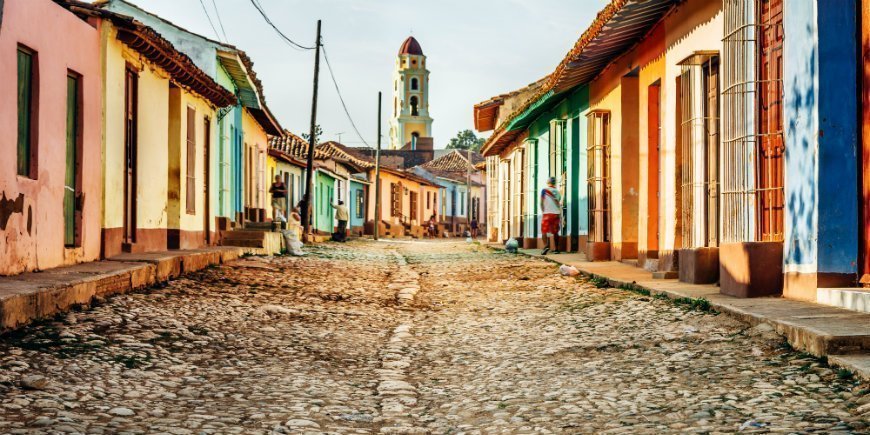
Central and South America abound with beautiful scenery and unique culture. In fact, there are more than 130 different places in South America which are UNESCO World Heritage Sites.
UNESCO, which is short for The United Nations Educational, Scientific and Cultural Organization, was established in 1945.
The list of world heritage sites covers natural and cultural areas of unique importance to the world’s cultural heritage, which UNESCO works to preserve.
Below, we have selected seven amazing UNESCO sights that you can experience on one of our tours in Central and South America.
1. Salvador in Brazil
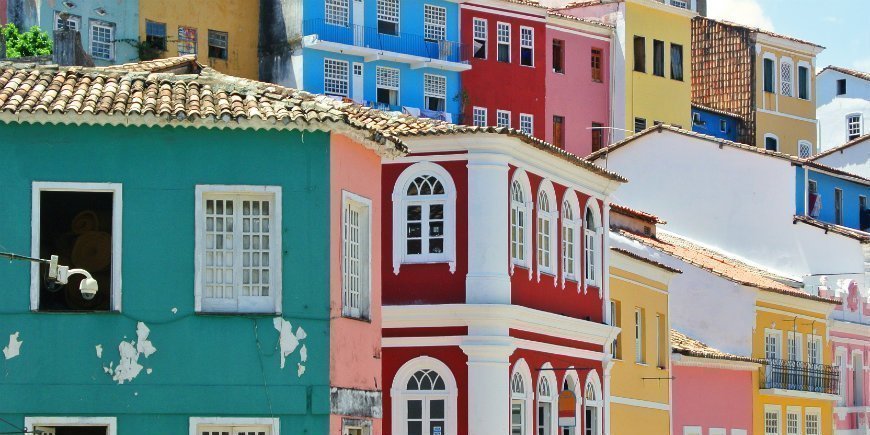
Salvador is a charming colonial city in Brazil, offering the perfect blend of history and culture. The city was originally one of Portugal’s most important colonies in the country, and it is therefore often referred to as the birthplace of Brazil.
The old town of Pelourinho was named a UNESCO World Heritage Site due to its abundance of beautiful churches and buildings from the time when Portugal was its colonial master. To this day, the city bears witness to the European, African and American cultures brought to it during the colonial era. The city offers a blend of history, pastel-coloured buildings and an amazing atmosphere.
2. Los Glaciares in Argentina
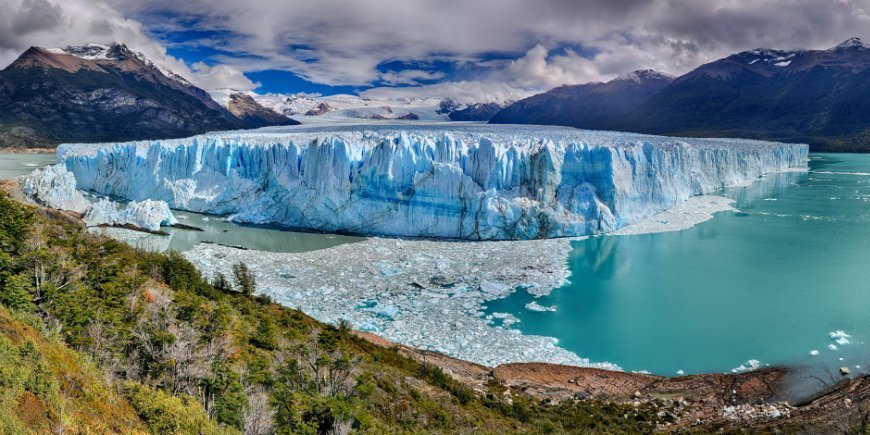
Los Glaciares is one of Argentina’s largest and most picturesque national parks. It is a unique national park boasting glaciers, turquoise lakes and magnificent mountains. The national park is a UNESCO World Heritage Site by virtue of its ever-changing formations.
One of the highlights of Los Glacieres is the huge blue glacier “Perito Moreno”, which is 60 metres high and 4 kilometres wide. The national park is also home to wonderful bird life, and if you are lucky, you will spot the pink flamingos.
3. Iguazú in Argentina/Iguaçu in Brazil
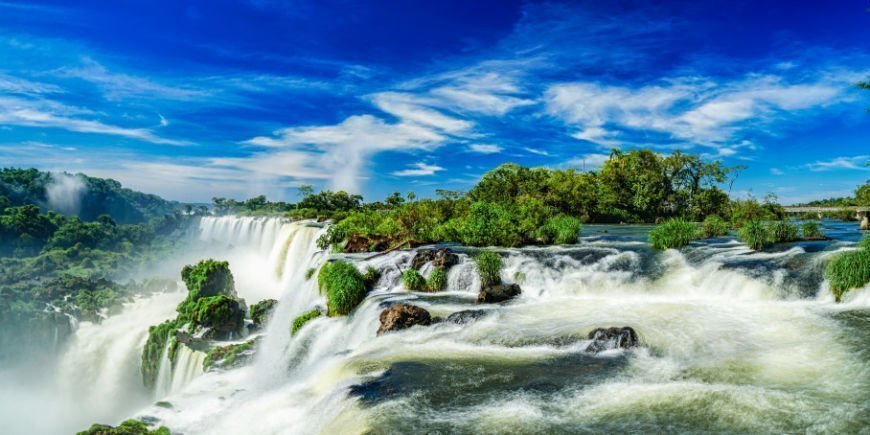
Situated on the border between northern Argentina and southern Brazil are Iguazú National Park (Argentina) and Iguaçu National Park (Brazil).
Iguazú is a UNESCO World Heritage Site as the national park contains one of the world’s largest waterfalls – the unique and massive Iguazú Falls. Iguazú actually consists of 275 waterfalls of varying sizes that stretch almost 3 kilometres along the Iguazú River.
What’s more, the falls are surrounded by subtropical rainforest rich in biodiversity, including more than 2,000 plant species, and animals such as tapirs, howler monkeys, ocelots, jaguars and caymans.
4. Trinidad in Cuba
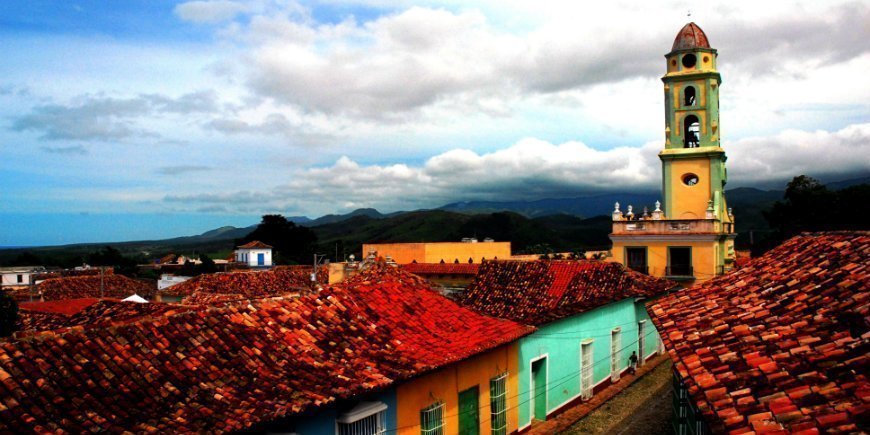
Trinidad oozes warmth, friendliness and charm. The houses, which are joined together in long rows, come in all different colours and shades. The rusty-red and yellowy mottled roofs form a beautiful contrast to the blue sky. In the afternoon, the children play in the streets and the men play dominos by the roadside.
The former colonial town, which grew largely as a result of the sugar industry during the 18th and 19th centuries, boasts an array of cultural offerings. Among other things, you can visit one of Cuba’s largest cathedrals, located on the picturesque Plaza Mayor. UNESCO has named Trinidad a World Heritage Site due to city’s authentic illustration of a bygone era, which can still be felt in the streets of the city.
5. Chichen Itza in Mexico
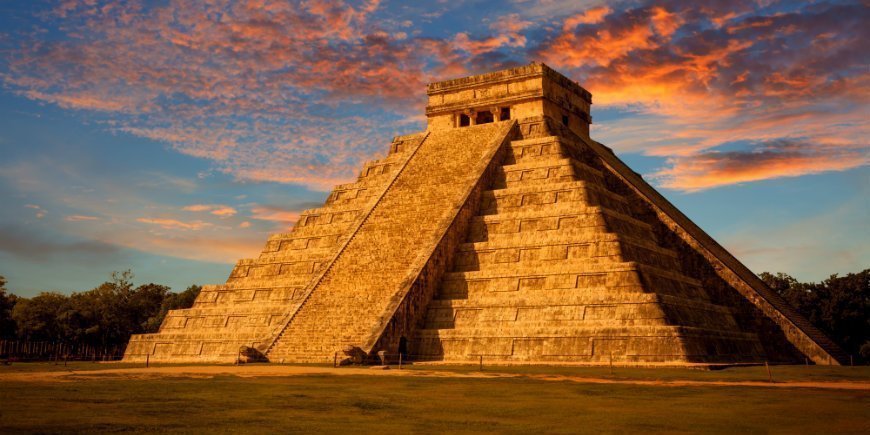
The ruin city of Chichen Itza oozes history. Two cultural eras have influenced the beautiful ruin city – the Mayan era and the Itzan era. At the heart of the beautiful ruin city is the beautiful El Castillo pyramid, rising 24 metres on the horizon. There are 91 steps to climb before you reach the top and the divine view of the city.
Chichen Itza is a UNESCO World Heritage Site as its monuments are some of the best-preserved Central American wonders, and also named one of the seven new wonders of the world. The second most visited attraction in Mexico, the ruin city is undoubtedly worth a visit.
6. Machu Picchu in Peru
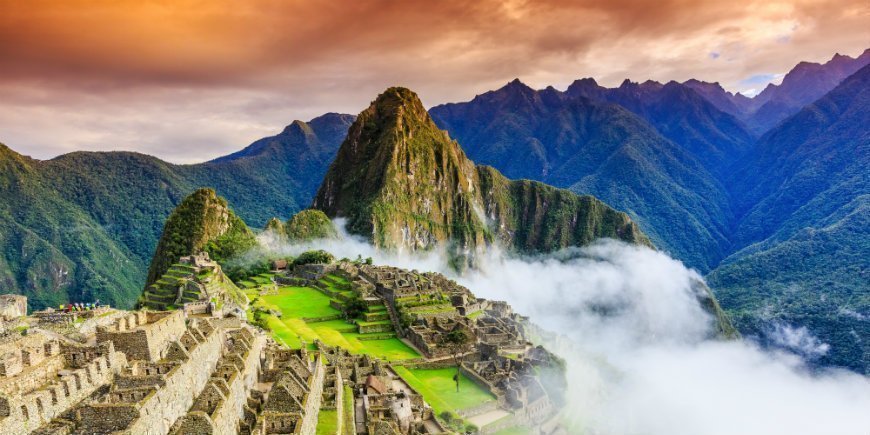
The Inca city of Machu Picchu is located in the heart of Peru’s scenic countryside, 2,430 metres above sea level. When trekking here, your first encounter with the ruin will be in the glow of the sunrise, after passing through the Sun Gate. The city is situated on a green ridge with mountains wherever you look.
Machu Picchu offers Inca architecture of the highest calibre, burial sites and temples. The Inca city is one of the world’s seven new wonders, and is a UNESCO World Heritage Site, partly because of its unique architecture, and partly because of the city’s dramatic setting and the fauna of the area.
7. The Galapagos Islands in Ecuador
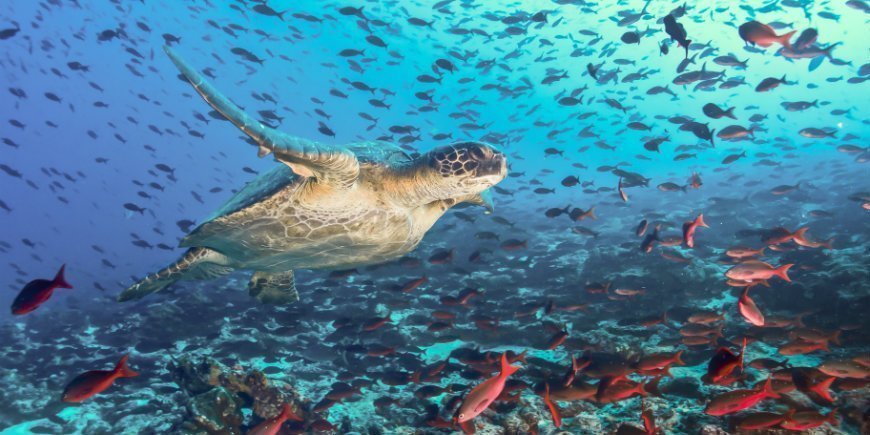
1,000 kilometres from the coast of Ecuador, three ocean currents meet – and this is where you will find the Galapagos Islands. The unique location makes the islands home to many marine animals, including sea turtles, sea iguanas, flamingos, penguins and all manner of fish.
The archipelago consists of 19 islands, and whether you are above or below the water, you will see animals that are more colourful than the last one you saw. In fact, the islands are home to most species not found elsewhere in the world!
Underwater, you will also discover world-class coral reefs. Galapagos is a UNESCO World Heritage Site due to its spectacular wildlife, and is a unique pearl in the Pacific.
TourCompass – From tourist to traveller
-
General Info
Receive all the latest news and offers delivered to your inbox!
Registered in England.
Registered Office:
Nucleus House 2
Lower Mortlake Road
Richmond, TW9 2JA
Company no.: 11454726

E-mail: info@tourcompass.co.uk
ATOL protected no. 10558.
ABTA member no. Y6104.
Read more.